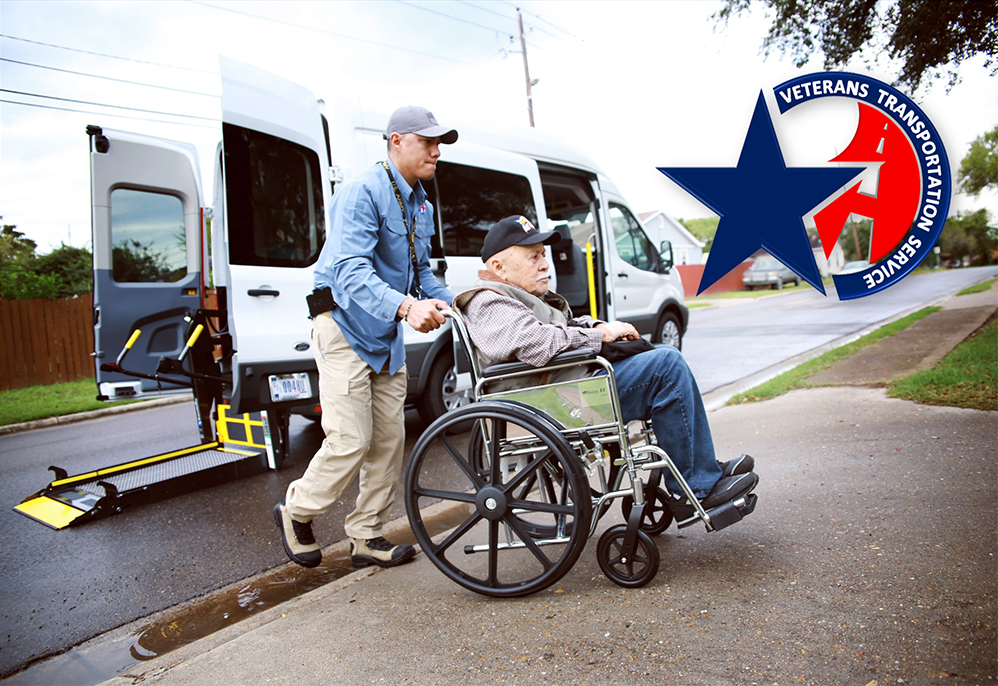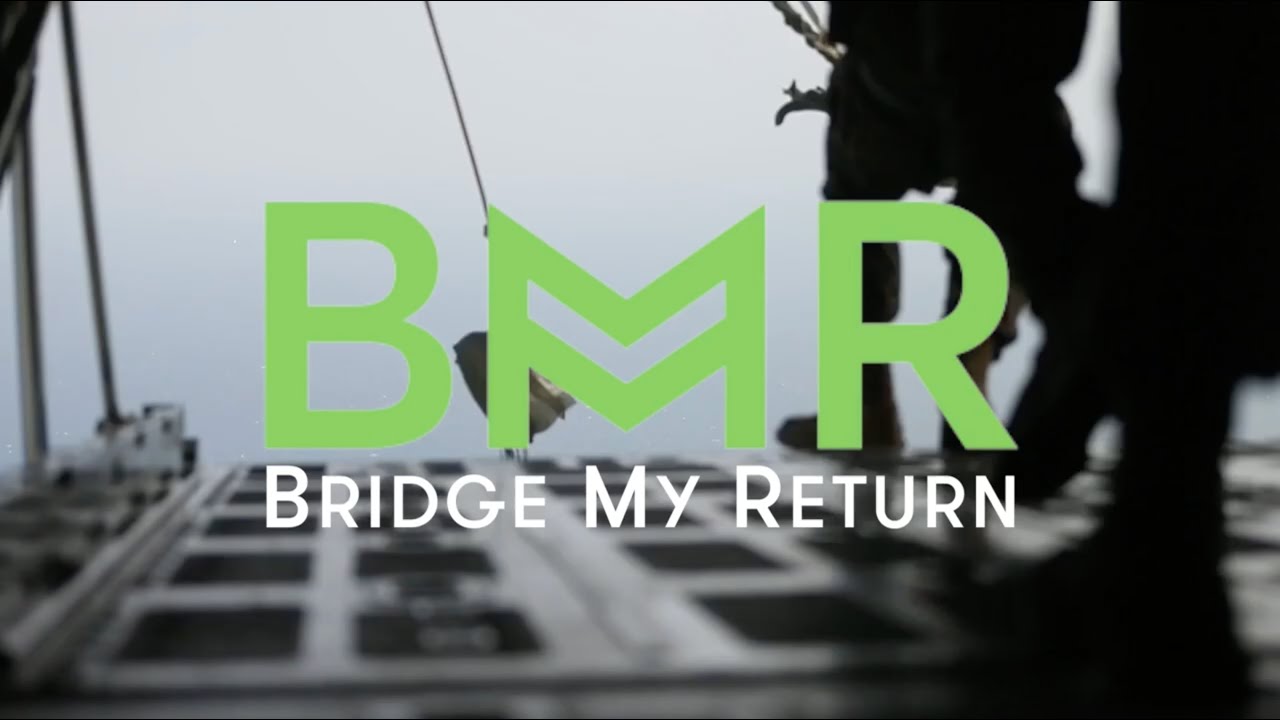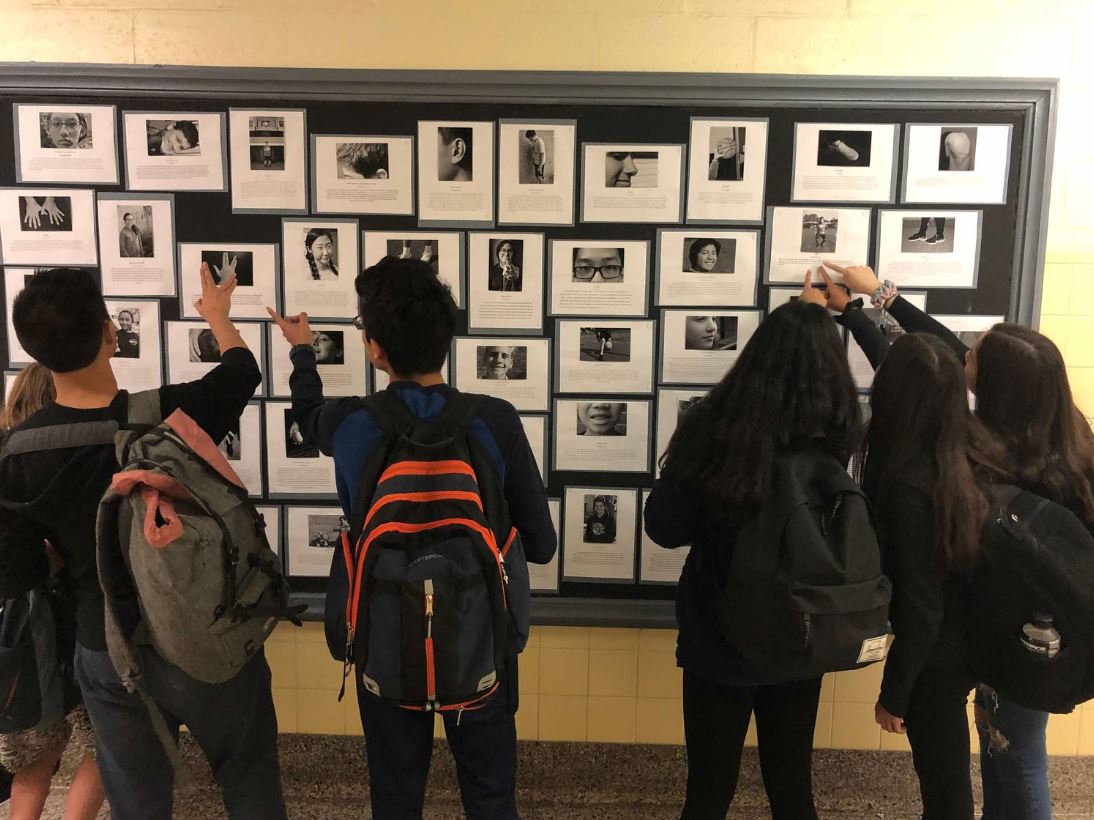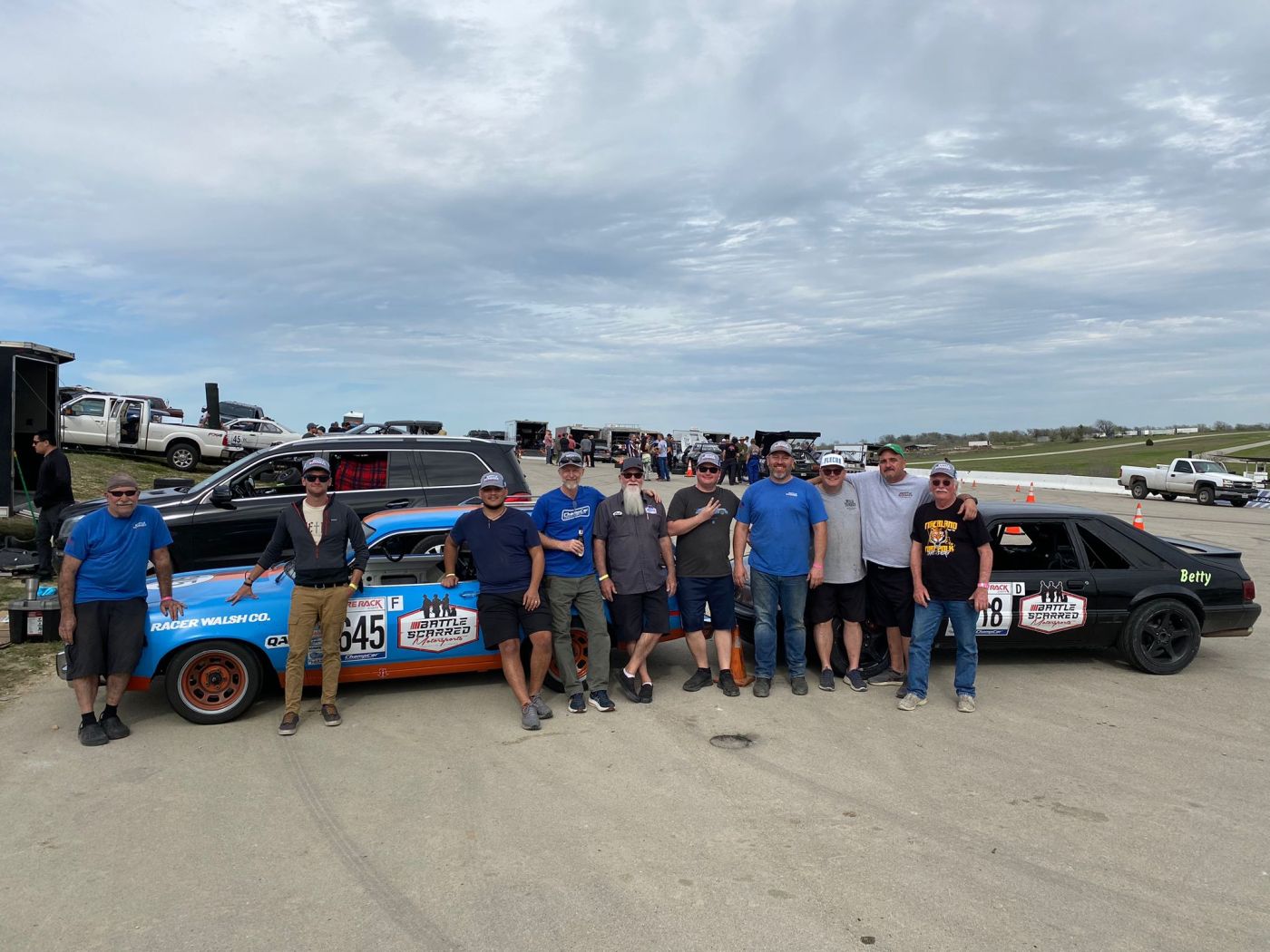Local Veterans agree VA Texas Valley Coastal Bend Health Care System has improved its local transportation service program with the addition of three Ford Transit-350 wheelchair-accessible vans to their fleet since October
“Thanks to the addition of these vehicles we will not only be able to ensure our Veterans have adequate transportation to and from their appointments, but they will have a better experience getting there.” said Homero Martinez associate director for VA Texas Valley Coastal Bend Health Care System.
Martinez’s words have turned out be accurate and true thanks in great part to the positive feedback provided by passengers.
“I like this one better because the ride is smoother and mas serenito,” said Francisco Galvan, who used the Spanish words mas serenito, which literally translates to more serene, but is colloquially used by bilingual Hispanics in the Rio Grande Valley to describe something as being more tranquil or relaxed.

Roberto Garza-Rivera a Veteran transportation service driver helps disabled, Korean War Veteran Francisco Galvan by pushing him and his wheelchair through the main entrance of the VA Harlingen Outpatient Clinic, Nov. 20. Galvan uses the free rides provided by the local VTS program to travel to and from his official VA appointments.
The 84-year-old, U.S. Army Veteran from Brownsville, Texas, explained that the driver needed to move him from his wheelchair on to a regular seat on the old bus, which made the ride less enjoyable for him.
“It was so bumpy it made me feel like I was riding on a horse,” said Galvan.
The new vehicles allow Veterans like him to remain in a wheelchair, which he feels more comfortable in.
“When I ride on this one I don’t feel like I’m going to fly off,” said the Korean War Veteran while laughing. “The driver just straps down my wheelchair, buckles me up, and I’m good to go.”
Other Veterans riding aboard the new vehicles were quick to share their opinions during the ride along. When all the Veterans on board were asked, “Do you think it would be a good idea for the local VA to buy more vehicles like the one you are riding on right now,” they immediately without hesitation gave a resounding, “yes.”
“I think that’s a no brainer,” added Patrick McDermott, a Navy and Vietnam War Veteran who sat in front of Galvan.
Fred Lane, the mobility manager and head of the transportation service, emphasized that the acquisition of the new wheelchair-accessible vans is important given the distance some of the travel requests involve.
“Our drivers typically provide hundreds of rides a year for Veterans living in and around 20 counties in the state of the Texas,” said Lane.
“These 20 counties cover an area of more than 500 square miles, but our area of responsibility has become significantly large in some cases if you take into consideration the fact we have taken some of our Veterans all the way to San Antonio and back in order to fulfill their VA appointments.”
Despite the challenges of fulfilling hundreds of requests across such a large area in the Lone Star State, dedicated VA employees and drivers like Robert Garza-Rivera remain optimistic about the role they play in taking care of Veterans in need of transportation like Galvan.

Roberto Garza-Rivera a Veteran Transportation Service driver helps disabled, Korean War Veteran Francisco Galvan prepare for his ride back home by using the electronically-powered wheelchair lift located on the rear of the new van, which allows wheelchair-bound Veterans to travel without having to be removed from there wheelchair.
“I used to work as contract driver for other federal agencies and the job was okay, but I love driving for the VA because I get to help Veterans make it to their appointments and get the help they need and deserve because of their service and sacrifice,” said Garza-Rivera. “That is why I will continue to do this job with the same attitude I had in the Army, which is to do the best I can with whatever tools and resources I’m provided — “Old or new vehicle it doesn’t matter, I’m still here to serve our Veterans.”
The acquisition and implementation of the new wheelchair-accessible vehicles under the operational control of VA’s Veterans Transportation Service directly supports the department’s efforts to modernize systems and improve timeliness regarding the care and services provided to our nation’s Veterans.
For more information regarding this article click on the following link: https://www.texasvalley.va.gov/TEXASVALLEY/features/VA_improves_VTS_with_new_vehicles.asp
Participating VA medical centers offer transportation to assist Veterans in accessing transportation to VA medical facilities or authorized non-VA appointments to receive the care they have earned. Find a transportation office near you.
Topics in this story
More Stories
Bridge My Return launched a software re-build to its hiring platform with an improved AI-driven, skills-matching algorithm and military skills translator.
The Project Flaunt Hub is an online platform of videos, interactive programs and activities. It is designed to empower children, their families and/or caregivers to accept themselves and in doing so, embrace others.
Power of motorsports and road course endurance racing to provide adrenaline therapy and create positive change in the lives of veterans and first responders.






